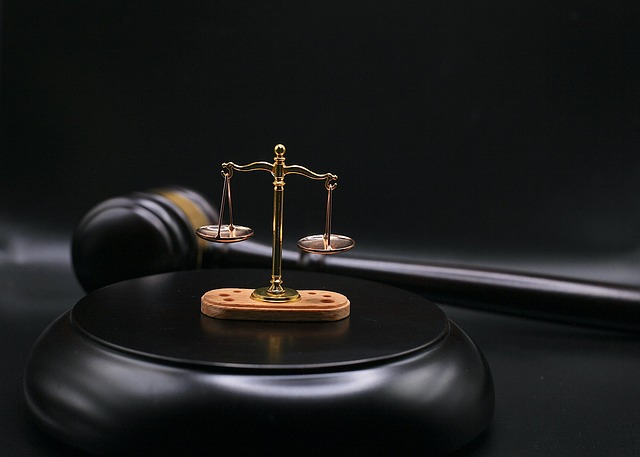The Doctrine of Qualified Immunity: A Legal Shield in Question
Introduction: In the realm of law enforcement and civil rights, few legal doctrines have sparked as much debate as qualified immunity. This judicial construct, designed to protect government officials from frivolous lawsuits, has become a focal point of contemporary legal discourse. As society grapples with issues of accountability and justice, the doctrine of qualified immunity stands at a crossroads, challenging our understanding of civil rights and the balance of power between citizens and the state.

The landmark case of Harlow v. Fitzgerald in 1982 established the modern standard for qualified immunity. The Supreme Court held that government officials are shielded from liability unless their actions violate clearly established statutory or constitutional rights of which a reasonable person would have known. This standard aimed to balance the need to hold officials accountable with the desire to avoid deterring them from performing their duties effectively.
The Two-Pronged Test for Qualified Immunity
Courts apply a two-pronged test when determining whether qualified immunity applies in a given case. First, they consider whether the facts alleged by the plaintiff show that the official’s conduct violated a constitutional right. Second, they examine whether that right was clearly established at the time of the incident. If either prong is not satisfied, the official is granted qualified immunity.
This test has been criticized for creating a Catch-22 situation. Courts often dismiss cases on qualified immunity grounds without addressing whether a constitutional violation occurred, making it difficult for new rights to become clearly established. This has led to concerns that the doctrine may be impeding the development of constitutional law and undermining accountability.
Recent Challenges and Criticisms
In recent years, qualified immunity has faced increasing scrutiny from legal scholars, civil rights advocates, and even some judges. Critics argue that the doctrine has been applied too broadly, effectively creating a near-impenetrable shield for government officials accused of misconduct. They contend that qualified immunity has become a significant barrier to justice for victims of civil rights violations.
One of the primary criticisms is that the clearly established law standard has become excessively stringent. Courts often require plaintiffs to identify almost identical precedent cases to overcome qualified immunity, a burden that many find unreasonable and impractical. This approach has been accused of fostering a culture of impunity among law enforcement and other government officials.
Legislative and Judicial Responses
The debate over qualified immunity has not been confined to academic circles. In the wake of high-profile cases of alleged police misconduct, there have been calls for legislative action to reform or abolish the doctrine. Several states, including Colorado and New Mexico, have passed laws limiting qualified immunity in state courts, while federal legislation has been proposed but has yet to gain sufficient traction.
The Supreme Court has also shown signs of reconsidering aspects of qualified immunity. In recent years, the Court has issued several per curiam decisions reversing lower court grants of qualified immunity, suggesting a potential shift in its approach. However, the Court has thus far declined to take up cases directly challenging the doctrine’s foundations.
The Future of Qualified Immunity
As the legal and social landscape continues to evolve, the future of qualified immunity remains uncertain. Proponents argue that the doctrine is necessary to protect government officials from the burden of litigation and to ensure decisive action in high-pressure situations. Opponents contend that it has become an obstacle to accountability and justice, particularly in cases involving law enforcement misconduct.
The ongoing debate over qualified immunity reflects broader societal tensions between the need for effective governance and the protection of individual rights. As courts, legislators, and the public grapple with these complex issues, the doctrine of qualified immunity is likely to remain a focal point of legal and policy discussions for years to come. The challenge lies in finding a balance that preserves the integrity of public service while ensuring meaningful avenues for redress when rights are violated.





